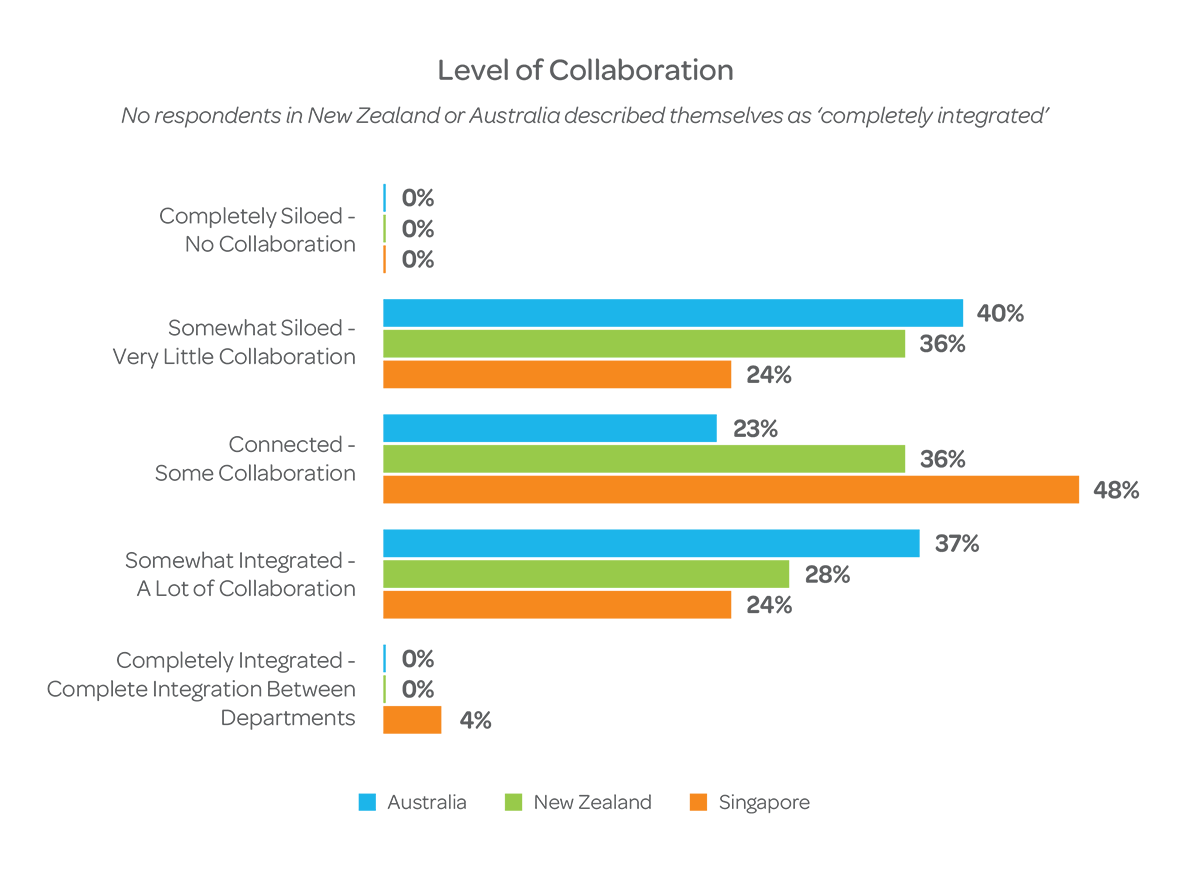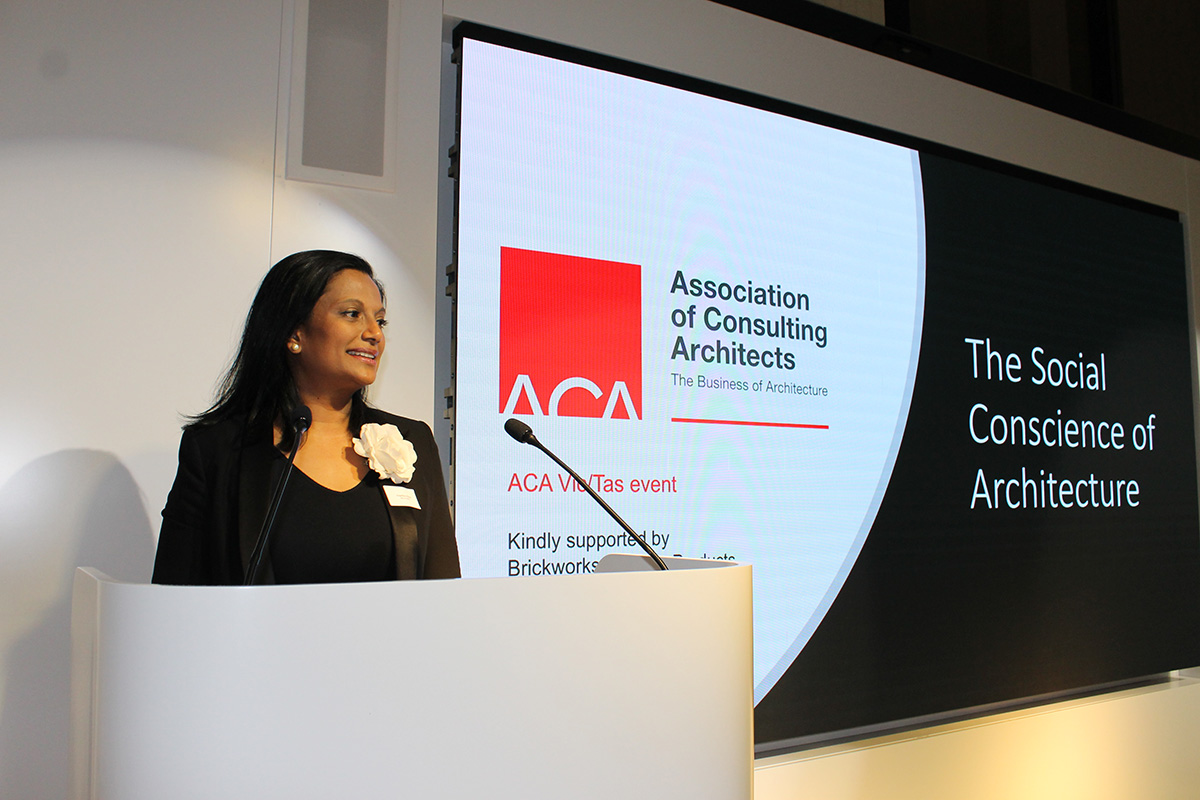Collaboration, profitability & technology

Technology is an enabler for A&E firms. But how does it impact collaboration and profitability? In an interview with ACA CEO Angelina Pillai, Deltek explores the issues surrounding their recently published Clarity Architecture and Engineering Industry Report.
Technology is an essential enabler for modern architecture and engineering (A&E) firms. But technology isn’t just a way to do things faster – it helps firms deliver new business structures and operating models to deliver new levels of success.
This was just one of the topics Deltek covered in an interview with ACA CEO Angelina Pillai. We sat down with Angelina to discuss the future of architecture firms in Australia, and to learn what she made of the Deltek Clarity Architecture and Engineering (A&E) Industry Study, which surveyed A&E firms across Australia and the wider world.
Collaboration: a cultural and technological issue
In the Deltek Clarity survey, we asked respondents about their firm’s structure, operating models, and approach to technology. One question that broached all three of these topics was about the levels of collaboration within A&E firms.
While many survey respondents report their organisations as being ‘connected’, few reported their firm was ‘completely integrated’. In fact, 0% of respondents from Australia responded that they are part of a completely joined up organisation.
Pillai believes this isn’t just a cultural challenge – it’s also a technological issue. “In many cases, digital strategies lead to massive cultural shifts,” says Pillai. “Digital transformation affects the whole gamut of the workplace and needs to be integrated with the other elements of a successful business. Firms need to consider how their workforce, culture, client service, leadership and productivity measures all fit together.”

Too little collaboration, or too much transformation?
Perhaps then it isn’t just a lack of collaboration leading to these results. It could be that firms in Australia are aggressively pursuing digital transformation, and their levels of collaboration haven’t kept up with the cultural changes digitalisation can bring.
The Deltek Clarity study suggests this is the case. When asked to rate their firm’s digital maturity today, 9% of Australian respondents indicated their organisation had a mature level of digital transformation – more than any other country in APAC.
For firms struggling with collaboration as they pursue their digital initiatives, Pillai suggests ensuring effective co-operation across departments. “HR departments sometimes default as the custodians of change,” says Pillai. “So, making sure that the business as a whole embraces a collaborative operational framework between HR, IT, practice management and the rest of the teams with iterative phases, could see positive outcomes.”
Different firms must collaborate as well
Collaboration within firms isn’t the only challenge facing the industry. The Deltek Clarity study also revealed that co-operation between A&E firms is crucial. Respondents were asked to rank the top business development challenges facing their firms, and ‘finding the right teaming partners’ topped the list, with 16% of respondents from across APAC placing it in the top three.
Pillai sees the challenge as coming from complexities and competition around pricing. “As practices compete for work and adequate payment, this has an impact on whether firms are willing to collaborate with each other,” she says. “We all need to collaborate more on the importance and value of our services to ensure we are compensated appropriately for our skills and knowledge.”
Organisations like the ACA can help build bridges between firms. And when they succeed, Pillai believes it benefits everyone: “once the professions are recognised and compensated appropriately then we will see more willingness to collaborate and share our successes and failures for the benefit and success of everyone.”

The importance of profitability throughout the project
While discussions around inter-firm collaboration turned to fees, Pillai also took the opportunity to talk with us about profitability within the industry – and how it’s affected by technology.
Profitability is, of course, a crucial indicator of project success. Interestingly though, few respondents to the Deltek Clarity survey saw it as a priority at the start of a project. Just 5% of Australian respondents considered profitability and cash flow as their number one priority at the start of a project. When reflecting on project success, however, 14% saw financials as the strongest factor for success.
Pillai sees technology as having a sizeable impact on profitability, both positive and negative. “Technology can assist when used to record, monitor and manage data more effectively,” she says. “The dilemma will be to demonstrate the value of technology versus the cost to implement it, and to stay on top of upgrades, maintenance and replacement.”
While it’s clear technology has an important part to play in supporting profitability and collaboration, the message from Pillai is clear: firms need to apply the right technology in the right ways to ensure it delivers real value.
Dive deeper into the findings
While we discussed a wide range of topics with Pillai, we barely scratched the surface of the technologies, KPIs and business models modern A&E firms are relying on.
To explore the full survey results, download the Deltek Clarity A&E Industry Report for APAC.
Deltek is a National Principal Partner of the ACA.
